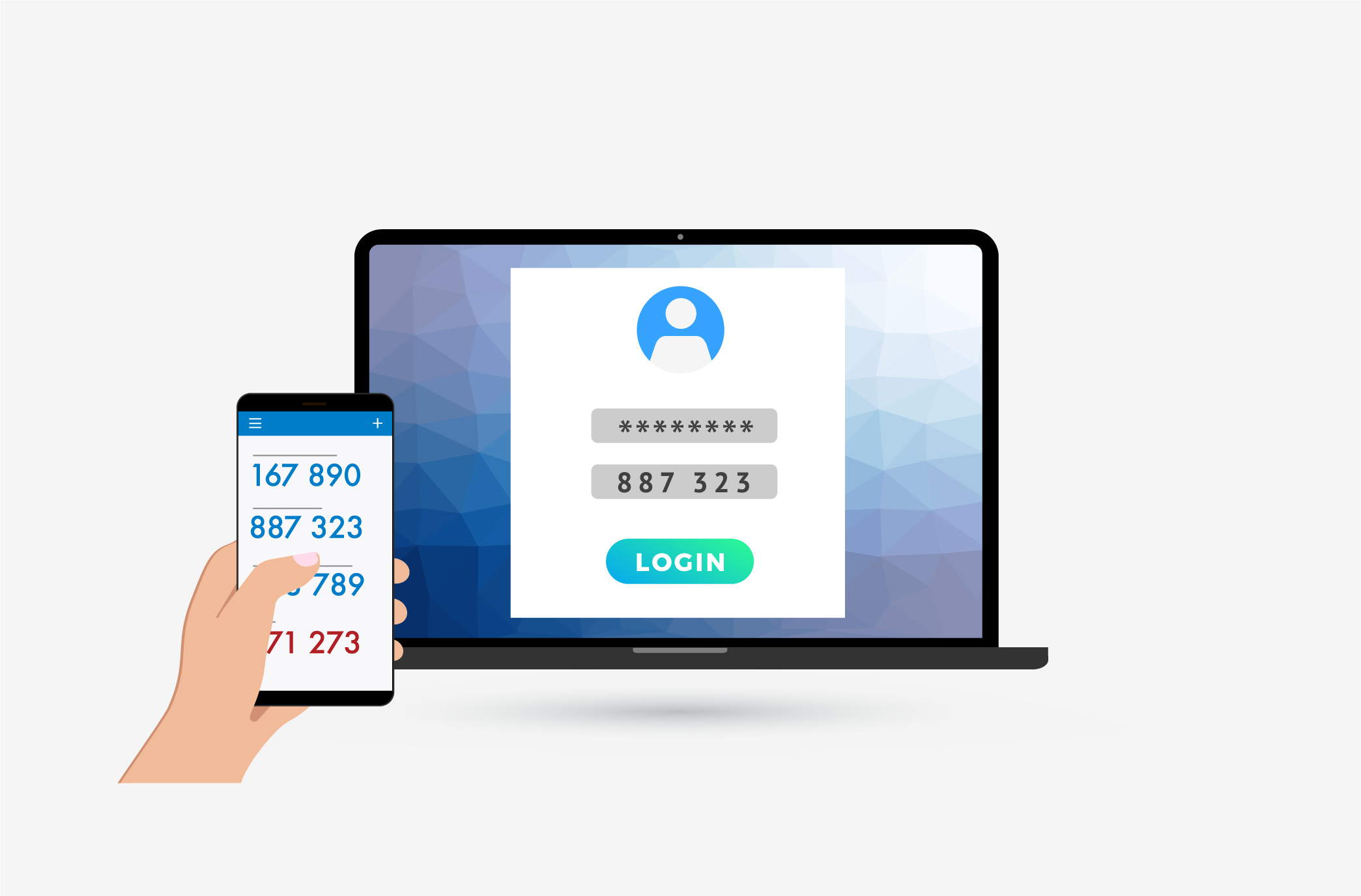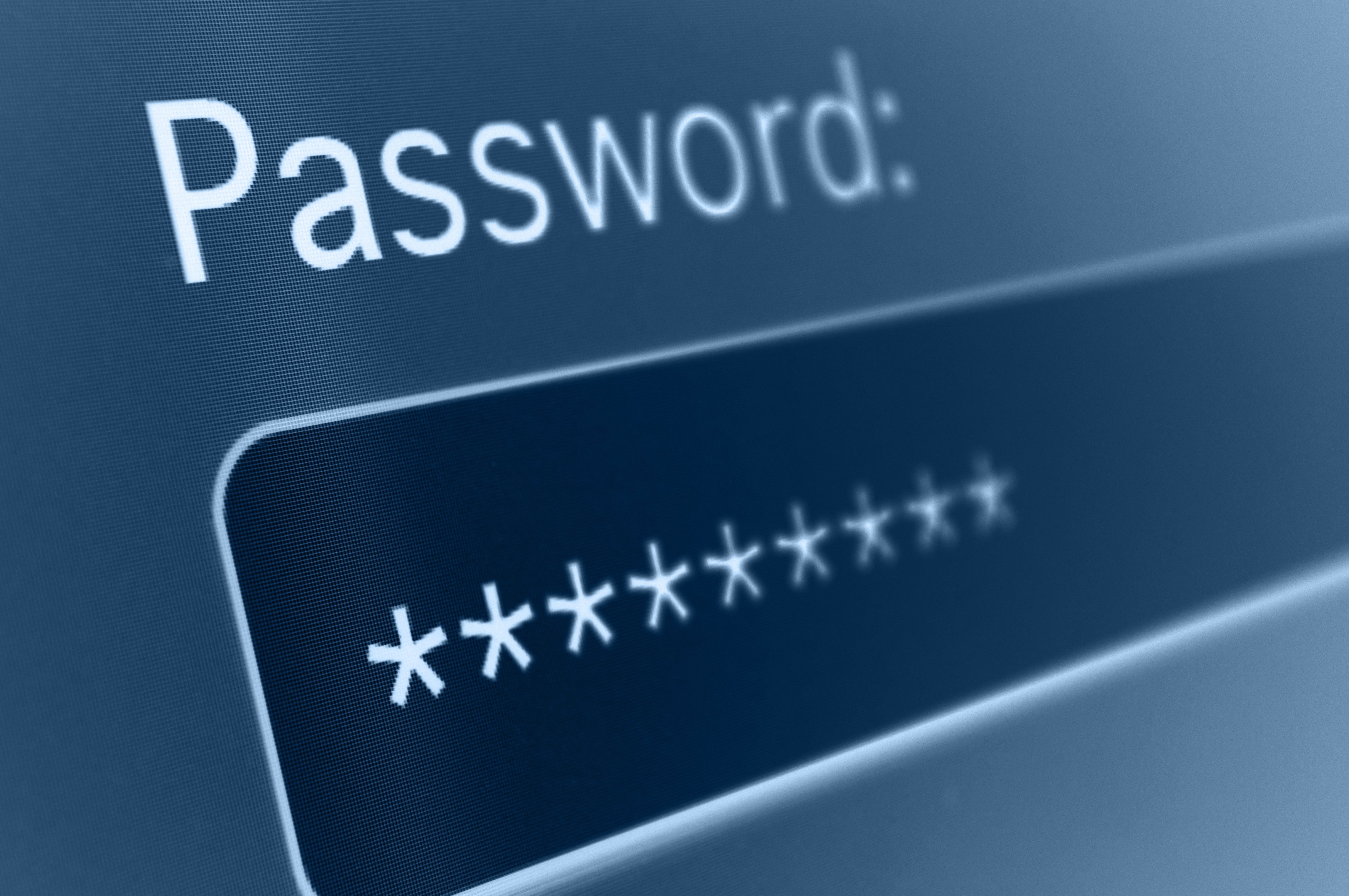As ProCircular’s resident young person without a background in security, I have learned an extraordinary amount of information about the importance of cybersecurity since starting at this company. I now think about how often my generation tends to overlook basic security features on our phones and computers which leaves us open to disastrous consequences in our personal or professional lives.
Security Measures to Implement in 30-Seconds or Less on your Phone & Computer
Topics: Cybersecurity, Personal Privacy, Personal Data Protection
At this point, everyone has probably heard a speech about how important it is to have a strong password. It is true that a strong password is extremely important in preventing an attacker from guessing or cracking it. However, it does not help against those annoying and ever-present phishing attacks when a user unknowingly hands over their password. And unfortunately, it’s almost inevitable that this will happen. This means that there will always be a question about the security of a password.
Topics: Cybersecurity, Information Security, Personal Data Protection, Passwords
Let’s just say there’s a lot to learn from history without quoting Sun Tzu… again. Especially in information and cybersecurity. While much of the birth of cyber realm revolves around the military - many of the members of our community are current or former members of various armed forces - many of us still refer to the military influence of old when working through our business planning and various actions revolving around cybersecurity. A great example is the common use or reference to Boyd’s OODA (Observe–Orient–Decide–Act) loop flow chart in both attack and defensive security applications. In sticking to a military theme, I want to touch on a story from World War II and its applicability in today’s modern cybersecurity world.
Topics: Cybersecurity, Network Security, Information Security, Penetration Testing
Cybersecurity breaches are becoming more and more prevalent. In fact, it’s been estimated that there were almost 5 billion records breached in 2018. Many organizations spend thousands of dollars on security breach prevention tools, but won’t take the time to create a formal process of identifying, responding to, and communicating an incident.
Topics: Cybersecurity, Data Breach, Data Security, Incident Response, security incident handling, security incident response
If you’re reading this, it’s very likely that you know how to use the internet. It’s also likely you’ve made an account on the internet somewhere. When you created your last account, what kind of requirements were you forced to use? For a number of web services, these requirements still follow the 2003 NIST SP 800-63 Appendix A standards that recommend an 8-character minimum, containing one uppercase, one lowercase, one digit, and one special character (Ex: Procircular1!).
Topics: Cybersecurity, Data Protection, Personal Privacy, hacking, NIST, Passwords






